Bb1.5
I have waited up until now with presenting the words of Metoro. His
insights
could refer not only to the stars at the Full Moon but to very
many other relevant things. Foremost of these, however, should be the
glyph designs. And we can anticipate that his words referred not only to
specific glyphs but also to the surrounding circumstances. I.e.,
he could obviously have perceived the pair Bb1-12--13 as dependent upon
each other.
 |
 |
|
Bb1-12 |
Bb1-13 |
|
Febr 8 (39) |
9 (*325) |
... On February 9 the Chorti Ah K'in,
'diviners', begin the agricultural year. Both the 260-day cycle
and the solar year are used in setting dates for religious and
agricultural ceremonies, especially when those rituals fall at
the same time in both calendars. The ceremony begins when the
diviners go to a sacred spring where they choose five stones
with the proper shape and color. These stones will mark the five
positions of the sacred cosmogram created by the ritual. When
the stones are brought back to the ceremonial house, two
diviners start the ritual by placing the stones on a table in a
careful pattern that reproduces the schematic of the universe.
At the same time, helpers under the table replace last year's
diagram with the new one. They believe that by placing the
cosmic diagram under the base of God at the center of the world
they demonstrate that God dominates the universe. The priests
place the stones in a very particular order. First the stone
that corresponds to the sun in the eastern, sunrise position of
summer solstice is set down; then the stone corresponding to the
western, sunset position of the same solstice. This is followed
by stones representing the western, sunset position of the
winter solstice, then its eastern, sunrise position. Together
these four stones form a square. They sit at the four corners of
the square just as we saw in the Creation story from the Classic
period and in the Popol Vuh. Finally, the center stone is placed
to form the ancient five-point sign modern researchers called
the quincunx ...
To understand we have to count. Twice 3 'fire feathers'

on the wings of the 'bird man' at left (Bb1-12) are followed by
2 on the wing of the man with an arm in front (Bb1-13). 3 + 3 +
2 = 8. Could it suggest the equation 8 * 45 =
360? I would prefer 6 * 70 = 420 followed by 2 * 29½, i.e. a way
to point at 420 + 59 = 421 (the number of glyphs on side a) + 2 * 29
= 479 (= 364 + 115 = 4 * 91 + 460
/ 4). The maximum gestation period of the Pig was 115 days
→ the synodic cycle of Mercury.
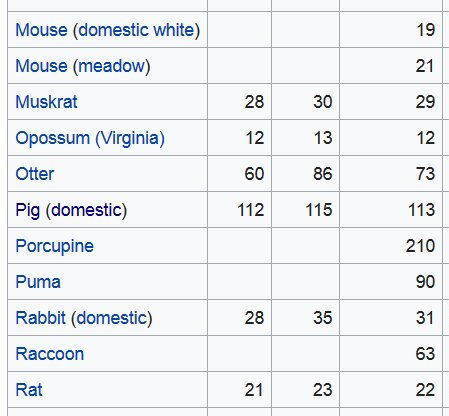
... Ganz ähnlich is der Name 'Gott von Duazag' des Gottes
Nabū ... zu erklären. Er bezeichnet
ihn als den Gott des Wachtstums, welches
als aus dem Osten stammend betrachtet wird, weil die Sonne, die
das Wachstum bringt, im Osten aufgeht. Dass aber Nabū
als Ost-Gott aufgefasst wurde, hängt damit zusammen, dass sein
Stern, der Mercur, nur im Osten oder Westen sichtbar ist ...
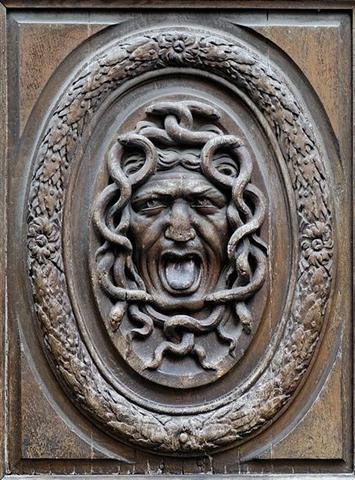
To change wings into arms could suggest the 'bird man' (the 'smith')
had landed ('made landfall').
... During his descent the ancestor still
possessed the quality of a water spirit, and his body, though
preserving its human appearance, owing to its being that of a
regenerated man, was equipped with four flexible limbs like
serpents after the pattern of the arms of the Great Nummo. The
ground was rapidly approaching. The ancestor was still standing,
his arms in front of him and the hammer and anvil hanging across
his limbs. The shock of his final impact on the earth when he
came to the end of the rainbow, scattered in a cloud of dust the
animals, vegetables and men disposed on the steps. When calm was
restored, the smith was still on the roof, standing erect facing
towards the north, his tools still in the same position. But in
the shock of landing the hammer and the anvil had broken his
arms and legs at the level of elbows and knees, which he did not
have before. He thus acquired the joints proper to the new human
form, which was to spread over the earth and to devote itself to
toil ...

From this idea we can imagine the creator of the text had the
'Rat' (Water) at his glyph Bb1-13. Here the cycle should begin anew, this
the Arabs and the Chinese seem to have agreed upon. And the man
in Bb1-13 (→ 113 = normal gestation
period of the Pig) has a broken wing → an arm in front. This
sign should be familiar to us because it occurs in June 30 (at
heliacal Sirius) in
Ga2-7
(although reversed).
... In Wales as a
boy I learned to respect
the lapwing for
the wonderful way in which she camouflages and conceals her eggs
in an open field from any casual passer-by. At first I was
fooled every time by her agonized peewit, peewit,
screamed from the contrary direction to the one in which her
eggs lay, and sometimes when she realized that I was a
nest-robber, she would flap about along the ground, pretending
to have a broken wing and inviting capture. But as soon as I had
found one nest I could find many. The lapwing's poetic meaning
is 'Disguise the Secret' and it is her extraordinary discretion
which gives her the claim to sanctity. According to the Koran
she was the repository of King Solomon's secrets and the most
intelligent of the flock of prophetic birds that attended him
...

 |
 |
 |
 |
 |
 |
 |
|
Bb1-8 (429) |
Bb1-9 |
Bb1-10 |
Bb1-11 (4 * 108) |
Bb1-12 |
Bb1-13 |
(15 * 29) |
|
VISIBLE CLOSE
TO THE FULL MOON: |
|
DRAMASA =
σ
Oct.,
χ
Capricorni (320.0),
ν
Aquarii (320.3),
γ
Equulei (320.6),
ο
Pavonis (320.8) |
α Oct. (321.5), δ
Equulei (321.7),
φ
Capricorni (321.8) |
KITALPHA (Part of a Horse) = α Equulei
(322.0),
ALDERAMIN (The Right Arm) =
α
Cephei
(322.9) |
DAI =
ι
Capricorni
(323.5),
β
Equulei (323.8) |
γ
Pavonis (324.1),
YAN =
ζ
Capricorni
(324.6) |
Al Sa'd al Su'ud-22 (Luckiest of the Lucky) /
Emptiness-11 (Rat)
TSIN = 36 Capricorni
(325.2),
ALPHIRK (The Flock) =
β
Cephei
(325.7),
SADALSUD =
β
Aquarii,
ξ
Gruis (325.9) |
No star listed (326) |

... In China, with
Capricornus, Pisces, and a part of Sagittarius,
it [Aquarius] constituted the early Serpent, or
Turtle, Tien Yuen; and later was known as
Hiuen Ying, the Dark Warrior and Hero, or
Darkly Flourishing One, the Hiuen Wu, or
Hiuen Heaou, of the Han dynasty, which
Dupuis gave as Hiven Mao. It was a symbol
of the emperor Tchoun Hin, in whose reign
was a great deluge; but after the Jesuits came
in it became Paou Ping, the Precious
Vase. It contained three of the sieu, and headed
the list of zodiac signs as the Rat,
which in the far East was the ideograph for
'water', and still so remains in the almanacs of
Central Asia, Cochin China, and Japan ...
|
|
Febr 4 (400) |
5 (365 + 36) |
6 |
7 (432 - 29) |
8 (*324) |
9 (40) |
10 |
|
DEC 2 (336) |
3 |
4 |
5 |
6 |
7 |
8 |
The Sun is a character complementary to Water. And the
Bird Man on
Easter Island was wading ashore in the season from late July to
early August they said.
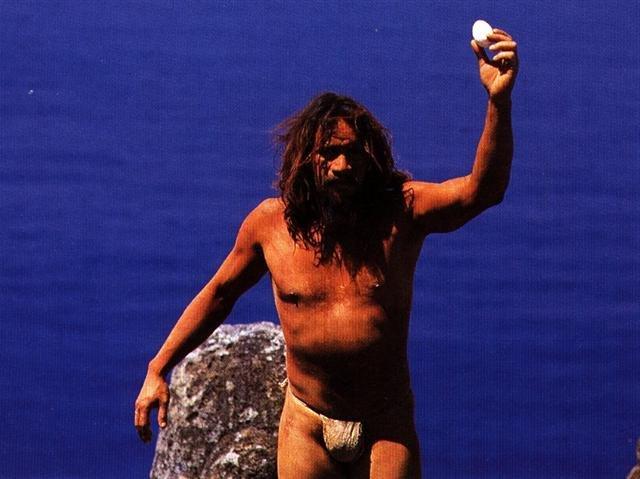
40 (February 9 → 29) + 182 = 222 (August 10
→ 80):
|
January |
31 |
31 |
|
February |
8 |
39 = 3 * 13 |
|
20 |
59 |
|
March |
31 |
90 |
|
April |
30 |
120 |
|
May |
31 |
151 |
|
June |
30 |
181 |
|
July |
31 |
212 |
|
August |
9 |
221 =
225 - 4 |
|
22 |
243 = 3 * 81 |
|
September |
30 |
273 = 3 * 91 |
|
October |
31 |
304 |
|
November |
30 |
334 |
|
December |
31 |
365 |
This fits nicely with January 29, where we can find the 10th
Chinese station, the Girl (Bat):
|
 |
 |
*9 |
 |
 |
|
Bat (10) |
*315 |
*324 |
Rat (11) |
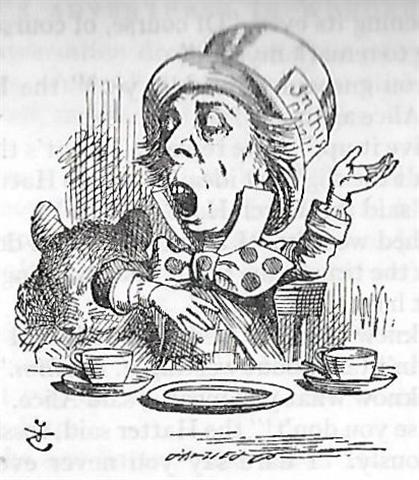
Right ascension day
*314 ought to indicate the end station of a half-cycle and here
Betelgeuze culminated (at 21h):
 |
 |
 |
 |
 |
 |
 |
|
Bb1-1 (422) |
Bb1-2 |
Bb1-3 |
(155
+ 270) |
Bb1-5 |
Bb1-6 |
Bb1-7 |
|
|
|
koia kua here i to reva ika |
kua huka ia - i to maro |
na te tagata kua oho |
ki to haga |
e tagata rave ra |
i te ika - kua mau i te ahi |
manu ka rere ïa |
|
He-amoga i te hukahuka, to tie a
bundle of wood. |
|
VISIBLE CLOSE TO THE
FULL MOON: |
|
μ²,
μ¹
Oct. (313.2),
DENEB CYGNI (Tail of the Swan) =
α
Cygni
(313.5),
β
Pavonis (313.6),
δ
Delphini (313.8) |
Al Sa’d al Bula'-21 (Good Fortune of the Swallower) /
Dhanishta-24 (Most Famous) /
Girl-10 (Bat)
YUE (Battle-Axe) =
ψ
Capricorni
(314.3),
GIENAH CYGNI =
ε
Cygni,
η
Cephei (314.5),
γ
Delphini (314.6),
σ
Pavonis (314.7),
ALBALI =
ε
Aquarii
(314.8)
BETELGEUZE (α Orionis) |
BATEN ALGIEDI (Belly of the Goat) =
ω
Capricorni
(315.8) |
μ Aquarii (316.0) |
ε Equulei (317.8) |
No star listed (318) |
21h (319.6)
ARMUS
= η Capricorni (319.0),
DORSUM =
θ
Capricorni
(319.3),
TSOO = 24 Capricorni
(319.7) |
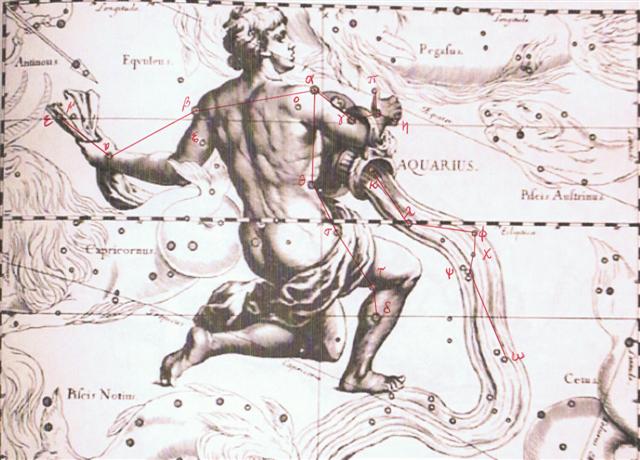 |
|
Jan 28 |
29 |
30 (364 + 31) |
31 (425 - 29) |
Febr 1 (40) |
2 |
3 |
| NOV
25 |
26 |
27 |
28 (332) |
29 |
30 |
DEC 1 |
 |
 |
 |
 |
 |
 |
 |
|
Bb1-8 (429) |
Bb1-9 |
Bb1-10 |
(4 * 108) |
Bb1-12 |
Bb1-13 |
(15 * 29) |
|
ki te tagata |
ka rere ki te huaga |
eaha te tagata haga |
i tona
mea ke |
kua noho rau ki te nohoga
o raua |
e kua hakaagana ko te ariki |
|
Rau
1. (Also: raupá) leaf of a plant, stem
and leaves. 2. Hundred: e tahi te rau, e rua
te rau, etc., 100, 200... Also seems to have
been used in the meaning of 'many'. Tu'u
henua rau, someone who has travelled to many
countries (such were called in the 19th century
natives who had travelled abroad, employed as
sailors). Compare with: tai raurau-á riki.
Vanaga. Rau
hei.
1. Branch of mimosa. 2. Killed enemy. 3. Hanged
'fish'. 'Branche
du mimosa (signe de mort), ennemie túe (poisson
suspendu)' according to Jaussen.
Barthel. Ra'u
1. To take something without the owner's
permission; to seize something forcibly. 2.
Ra'u maahu, ancient expression, literally:
to appropriate the steam (maahu) of the
food just taken out of an earth oven. It refers
to intruders coming to help themselves
uninvited. Warriors off to a battle used to be
told: E ra'u maahu no koe, o pagaha'a!
meaning: 'Eat little, lest you be heavy (and
lose your agility).' Vanaga. 1. Sa.: la'u,
to clear off, to carry away; la'u mai,
to bring. Uvea: laku, to send, to throw
into. Ha.: laulau, a bundle, a bag; a
wrapper of a bundle, the netting in which food
is carried; lalau, to seize, to catch
hold of. 2. To.: lau, lalau,
lauji, to pinch with the fingers, to nip.
Ha.: lau, to feel after a thing; lalau,
to extend (as the hand), to seize, to catch hold
of. 3. Sa.: lau, a leaf; lalau, to
be in leaf; laulau, a food tray plaited
from a coconut leaf, to set out food on such a
tray or on a table. To.: lau, lou,
a leaf; laulau, a tray. Fu., Uvea,
Nuguria: lau, a leaf. Niuē:
lau,
a leaf; laulau,
a table. Ha.: lau,
a leaf; laulau,
the netting in which food is carried. Ma., Ta.,
Rarotonga, Rapanui, Paumotu, Nukuoro, Fotuna:
rau,
a leaf. Mgv.: rau,
rou,
id. Mq.: au,
ou,
id. Churchill 2.
Ta.:
rauhuru, dry
banana leaf. Mq.: auhuu,
id. (To.: hulu,
leaves dry and dead.) Ha.: lauhulu,
banana leaf. Churchill.
... the
Icelanders reckoned in misseri,
half-years, not in whole years, and the
rune-staves divide the year into a summer and a
winter half, beginning on April 14 [104 = 40 +
64]and October 14 respectively. But in Germany
too, when it was desired to denote the whole
year, the combined phrase 'winter and summer'
was employed, or else equivalent concrete
expressions such as 'in bareness and in leaf',
'in straw and in grass'
... |
|
VISIBLE CLOSE
TO THE FULL MOON: |
|
DRAMASA =
σ
Oct.,
χ
Capricorni (320.0),
ν
Aquarii (320.3),
γ
Equulei (320.6),
ο
Pavonis (320.8) |
α Oct. (321.5), δ
Equulei (321.7),
φ
Capricorni (321.8) |
KITALPHA (Part of a Horse) = α Equulei
(322.0),
ALDERAMIN (The Right Arm) =
α
Cephei
(322.9) |
DAI =
ι
Capricorni
(323.5),
β
Equulei (323.8) |
γ
Pavonis (324.1),
YAN =
ζ
Capricorni
(324.6) |
Al Sa'd al Su'ud-22 (Luckiest of the Lucky) /
Emptiness-11 (Rat)
TSIN = 36 Capricorni
(325.2),
ALPHIRK (The Flock) =
β
Cephei
(325.7),
SADALSUD =
β
Aquarii,
ξ
Gruis (325.9) |
No star listed (326) |

... In China, with
Capricornus, Pisces, and a part of Sagittarius,
it [Aquarius] constituted the early Serpent, or
Turtle, Tien Yuen; and later was known as
Hiuen Ying, the Dark Warrior and Hero, or
Darkly Flourishing One, the Hiuen Wu, or
Hiuen Heaou, of the Han dynasty, which
Dupuis gave as Hiven Mao. It was a symbol
of the emperor Tchoun Hin, in whose reign
was a great deluge; but after the Jesuits came
in it became Paou Ping, the Precious
Vase. It contained three of the sieu, and headed
the list of zodiac signs as the Rat,
which in the far East was the ideograph for
'water', and still so remains in the almanacs of
Central Asia, Cochin China, and Japan ...
|
|
Febr 4 (400) |
5 (365 + 36) |
6 |
7 (432 - 29) |
8 (*324) |
9 (40) |
10 |
|
DEC 2 (336) |
3 |
4 |
5 |
6 |
7 |
8 |

|





















